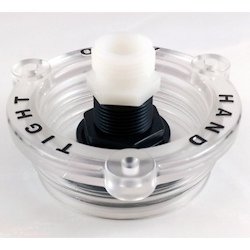All you folks winterizing your engines, is your boat in or out of the water? We live aboard in Maryland, south of Annapolis. This winter will be our third. Before that, the boat stayed in the water with no one aboard for one winter. I did not winterize the engines. They did not freeze. The coldest it ever got in the engine room was 35 degrees but that was during a 7-day period of extremely cold temps (5 degrees) overnight. Think about it. Even with occasional surface ice of several inches, the hull is sitting in water that is above freezing temperatures thus insulating the below waterline environments analogous to an igloo. Yeah, I know, but what if, cheap insurance and all that. If you are concerned just drain the raw water circuit and call it a day. Even with some residual water, IF it were to freeze, expansion damage would not occur. As for other systems (fresh water supply, toilets) I would winterize if not living on board.
I'm ready for your slings and arrows. Fire away.



